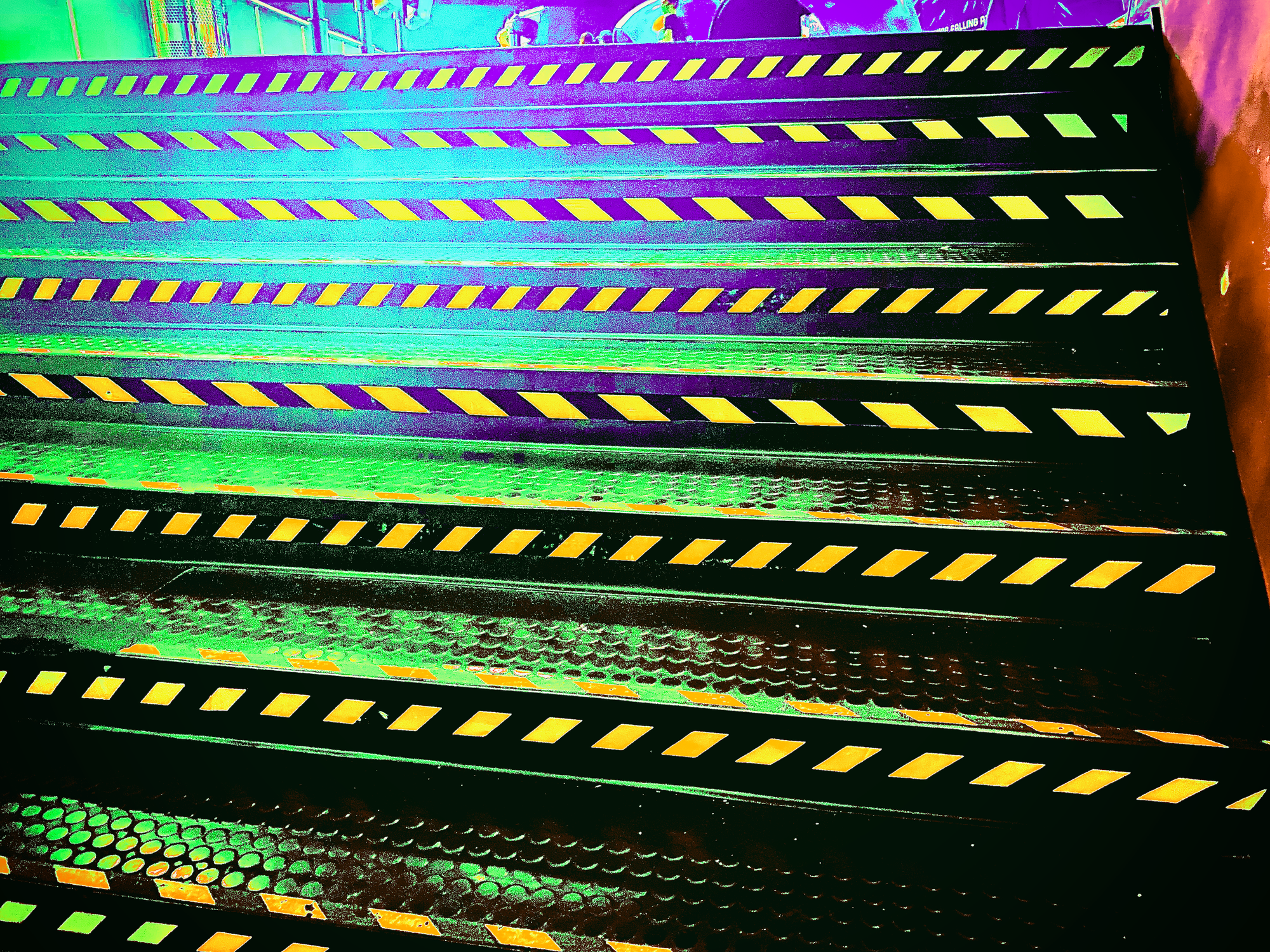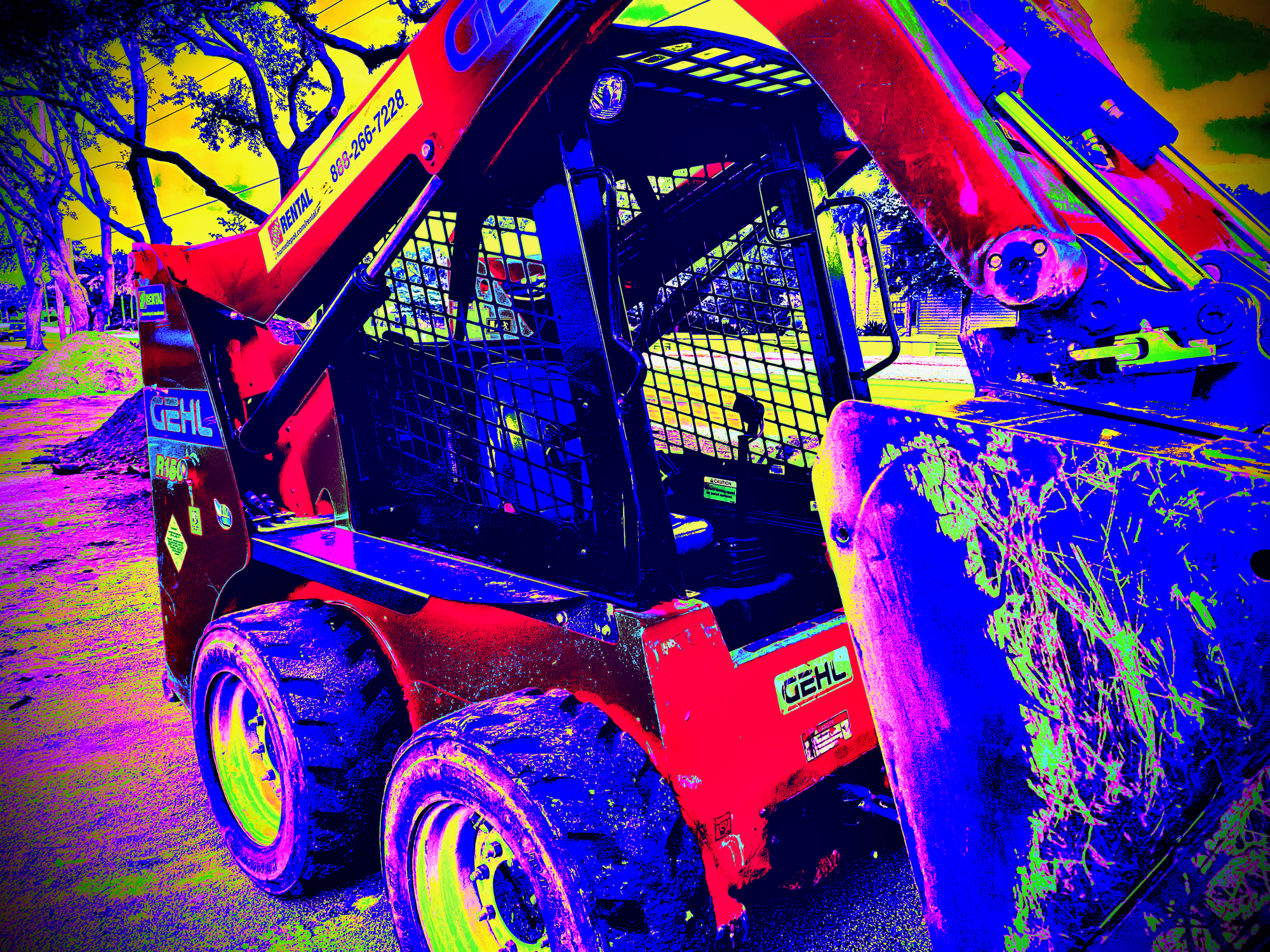Designing for Space Robots, A Machine Point of View?
Design and engineering considerations must have an inclusive, participatory process between robots as partners and the broader society. And at the same, it will be critical to start designing for space from a machine point of view.

Design thinking for space. I wrote about this before. It's a fact that design is critical for space missions because utility is only part of the equation. Systems that operate with the appropriate functionality, harmony, beauty, and aesthetics will improve human performance, productivity, and ultimately our livelihood in space as good design does on Earth. I've developed a recent interest in how design relates to space robotics. Humans strongly depend on visual cues, but designing for autonomous and semi-autonomous sensory-guided robots in space raises the question: is there a need to create a new discipline that designs for space robots?
I'm not a roboticist, so I don't have the technical clarity on what is and isn't critical in the engineering and design phases. Still, I know that image classification and object detection are essential for autonomy, learning, and decision-making in sensory-guided robots. In addition, advances in computer vision, machine learning, and materials hardware have substantially optimized autonomous systems in decades. But, given environmental variables and changes, it's tough to elicit/program desired behaviors in machines. And this dynamic gets complicated even further in unpredictable and unstructured environments, unlike industrial settings where autonomous systems might be programmed to continue to produce the same result with present inputs.
Consider that just a handful of humanoids have been specifically designed for space. NASA’s Robonaut series, including R2, was built in collaboration with the U.S company General Motors. R2 was the first humanoid robot sent to the International Space Station onboard Discovery's last mission, STS-133, in February 2011. A funny prank was captured on camera upon its arrival at the ISS when R2 was suspected of going missing only to surface minutes later when the camera zoomed into the adjacent module and captured R2 silently erect. A white humanoid suddenly lost in the whiteness of the ISS...
For more than a decade, R2 has supported astronauts in space, advancing the understanding of basic behaviors in robots such as learning sensory-motor coordination (SMC), which some scientists and engineers have defined as the feedback loop that underlies the physical behavior in response to its environment.
Several famous iterations of humanoids, including Robonaut 5 or Valkyrie (inspired by female warriors in Norse mythology), have emerged in the last decade.
And a stylish recent Tesla Bot "Optimus" was promoted as a top priority by Tesla earlier this year and was brought into the broader conversation again just this month.
The Indian Space Agency (ISRO) anticipates the launch of the humanoid "Vyommitra," whose English translation is Space friend, as part of the second uncrewed Lunar test flight, Gaganyaan.
As I read more about this topic, I often ask myself, how have design and engineering considerations conceptualized these humanoids? What have been the decisions in such designs and the anthropomorphizing of robots as female? Unfortunately, it's hard to discern these details from the widely and publicly available information. And some of the online comments in space robotics articles always reflect mixed responses. The public’s perception of these designs raise essential and logical considerations: why and how are space robots designed?
Maybe this is a good research topic for a future book?
What seems to be paramount is the connection between spaceflight crews and robots as companions, collaborators, and partners. This intricate relationship brings up the question again: if we want more effective partners, should we be designing for machines and humans instead for one or the other?
I found an interesting commentary by roboticist Shane Aunderson in "Robot-Centered Design." Aunderson forecasts that
“The design process will no longer simply be a human-focused activity, but instead a complex, multi-stakeholder dance, balancing the values and constraints of man and machine… We will design aspects of our robots to operate like humans, they will not be human, but instead, something distinctly different. In some ways, they'll be like us – we'll likely anthropomorphize some robots in terms of a rough humanoid design – but in other ways, they will be nearly alien in nature.”
This commentary is particularly thought-provoking because of the distinction between designing from a human-perspective vs. a machine-perspective for interactions with humans.

Aunderson elaborates:
“The easy (though not very empathetic) answer is to make the robots play by our rules; have them interact and engage with a human world. And while this seems reasonable enough – we were here first, after all – it doesn't do us roboticists much of a favour. Many of the problems currently plaguing modern roboticists are complex and nasty ones. However, through simple design tricks and adaptations – often ones that humans wouldn't even notice – we can embed design features into the world around us to make life infinitely easier. If we instead choose to leave the world as-is, we're essentially telling roboticists that they need to replicate a perfect mechanical human, which as you can imagine is not an easy task.”
I can only begin to understand the enormous undertaking for roboticists engineering autonomous machines in high-stakes space environments. But what happens when engineers, scientists, and programmers design for a scenario where robots work effectively but don't consider human behavior under pressure? Would these robots identify and categorize human behavior as an error? I look at the intricate relationship between our future in space and our robotic partners. I don't believe this reality is being analyzed, so I like to study it often and write about it.
Selma Sabanovic, assistant professor at the School of Informatics and Computing at Indiana University, writes about the robot-centered design dynamics from a different perspective. In a thought-provoking manuscript, “Robots in society, society in robots”, she stresses the importance of approaching robotics collaboratively.
“A technocentric approach to robotics is further supported by dominant perspectives on the relationship between social change and technological development, which depict a linear relationship between robotics and society. In these narratives, technological development in robotics, led by experts from academia, industry, and government, figures as the primary driver of social progress, while society fills a passive role of accepting and adapting to the results of technological innovation.” (pg 1)
Sabanovic continues,
Although robotics research focuses on the technical aspects of design and expects society to follow, it is not helpful to treat technologies and their social contexts as separate phenomena…[T]echnological artifacts as products of the particular social arrangements and practices through which they are designed. While the focus of discussion during robot design is on the development of technical characteristics, each stage in the generation and implementation of robotics technologies also involves social choices. Even seemingly purely technical decisions are based on assumptions about the social context in which the robot will be implemented. Different technological and social outcomes are possible and design choices can have differing implications for different groups in society.” [pg 11]
We will increasingly depend on machines in space. So, I agree with Aunderson and Sabanovic that design and engineering considerations must have an inclusive, participatory process between robots as partners and the broader society. And at the same, it will be critical to start designing for space from a machine point of view.
//
Photos [stream of consciousness]
Finding the sci-fi twist and machine aesthetics in everyday life takes me to the most unlikely of places, parking lots, grocery stores, walkways, and staircases. Yet, these are often the areas that rarely make the art headlines and are delightful to play with and capture on the run.

